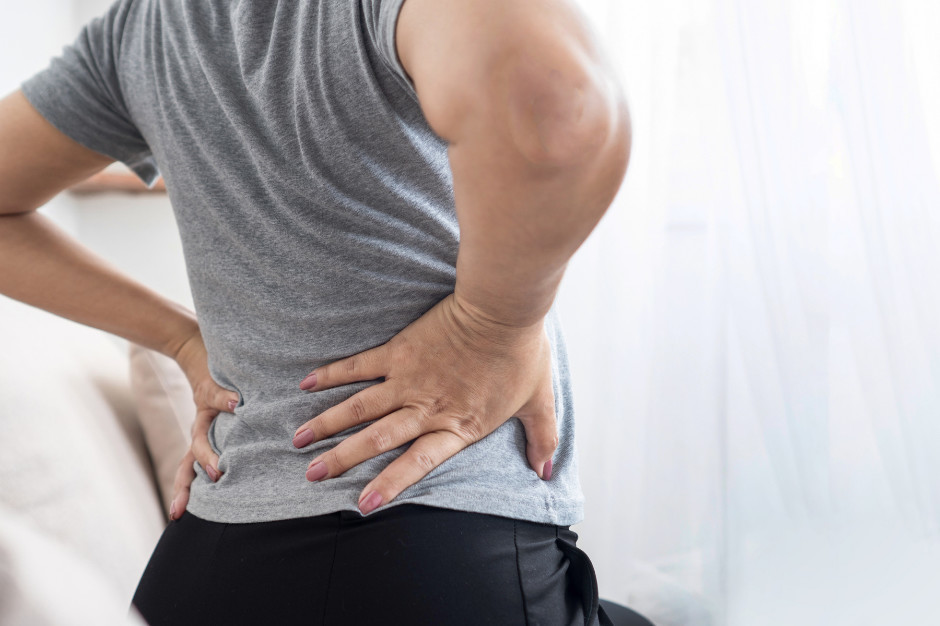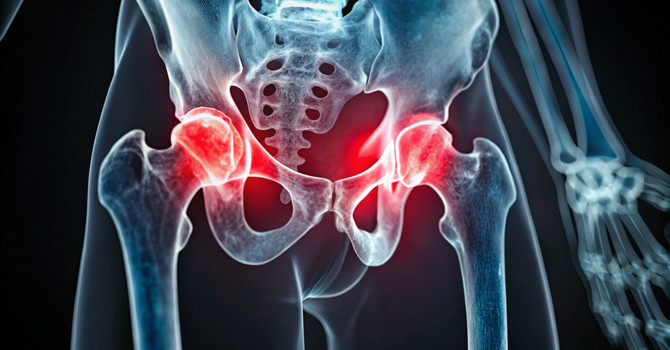
You gave birth. You’re past the initial healing window. But something still feels off.
Your low back still aches when you pick up the baby.
Your hips feel tight when you walk.
You try to "engage your core" but it doesn’t feel like it’s working.
You’re not broken. And you’re not alone.
This is a pattern we see constantly at Resolve STS in Charlotte. Many moms, especially those 12–16+ weeks postpartum, come in feeling like they’re still trying to "get their body back"—but nothing seems to click.
The Real Reason It Still Hurts
Most postpartum pain gets chalked up to "weak core muscles." That’s only part of the picture.
Here’s what often gets missed:
-
Adhesion — internal scar tissue that restricts motion, often forms after surgery or repetitive stress
-
Nerve entrapment — when nerves get stuck to surrounding tissue, disrupting movement and blood flow
-
Mechanical overload — when your spine, hips, or pelvis are forced to do more than they’re built to handle because the right muscles can’t engage
After pregnancy, your abdominal wall and deep core muscles go through massive changes. If you had a C-section, you now have a scar anchored to your abdominal fascia—right where your core is meant to stabilize your spine and pelvis.
That scar doesn’t just sit on the surface. It can create restriction deep into the hip flexors, lower abdominals, and adductors. And when those areas can’t move well? Your lumbar spine and glutes overwork to pick up the slack.
Over time, this becomes a cycle: load shifts forward, your spine collapses backward, and the deeper structures that are supposed to provide support no longer engage the way they should. Adhesion starts layering into the system, making it harder to correct over time.
The Scar Is a Disruption
Your core works as a canister—diaphragm on top, pelvic floor on bottom, deep abdominal and spinal stabilizers wrapping around the sides. This creates intra-abdominal pressure and gives your body a stable center.
When a scar or adhesion interferes with that system:
-
You lose central stability
-
Your back absorbs more load
-
Your hips and glutes become overactive
This disrupts how your nervous system coordinates pressure and movement. You may breathe more through your chest. You may feel your ribcage flare or pelvis tilt forward. These compensations may seem subtle but create lasting dysfunction when left unaddressed.
What We Do Differently at Resolve STS
We don’t jump straight into strengthening. Instead, we follow a step-by-step approach:
-
Find the adhesion and nerve entrapments that are locking things down
-
Feel the exact spots by hand (not guesswork)
-
Fix with precise manual therapy and radial pressure wave when appropriate
-
Restore motion in the abdominal wall, hips, low back
-
Strengthen with canister-first training—only after clean motion is restored
Radial Pressure Wave Therapy helps soften scar tissue and improve blood flow. While we use it carefully and within scope, it’s one of the tools that can support tissue recovery around the C-section scar or abdominal fascia.
The key is to understand that your body is not just weak—it’s locked. Once we restore access to the right structures, we can teach your system to work the way it was designed to. Strength returns. Control returns. And pain finally starts to subside.

Zac Breedlove
Contact Me



